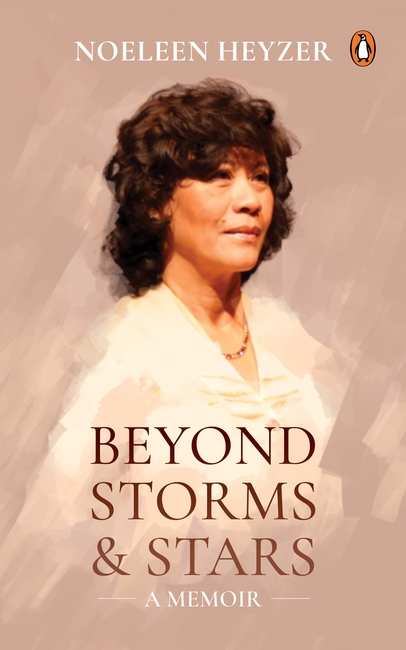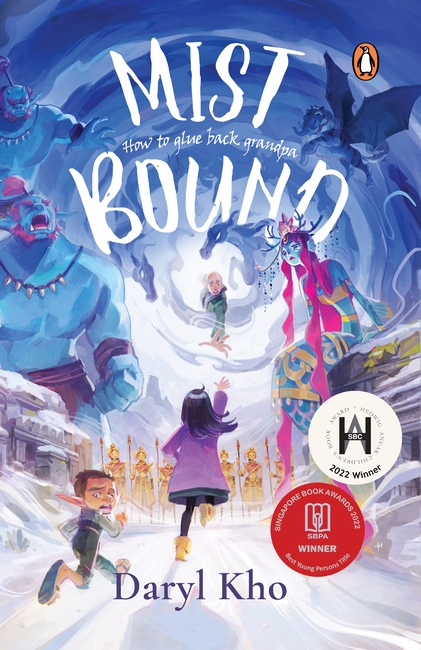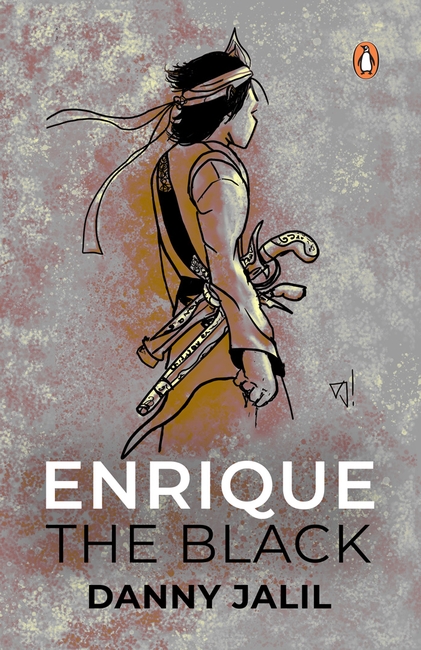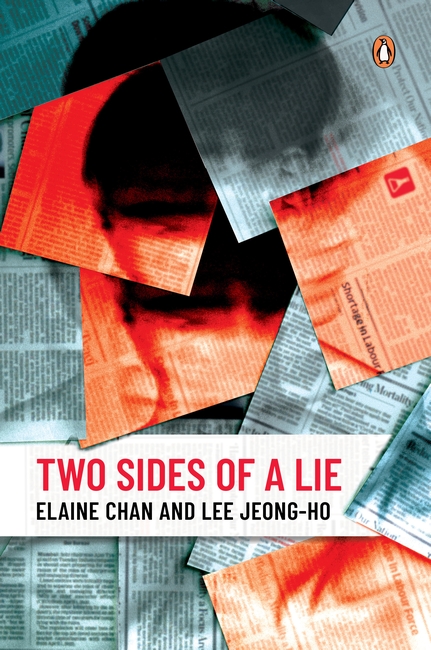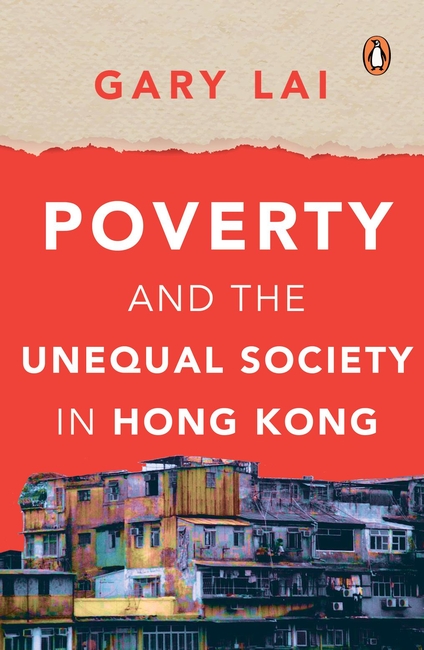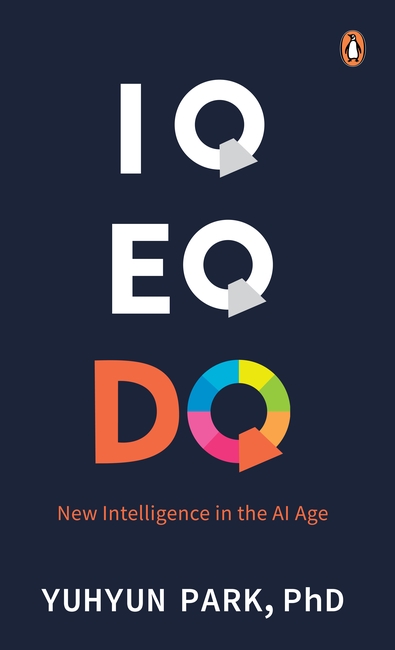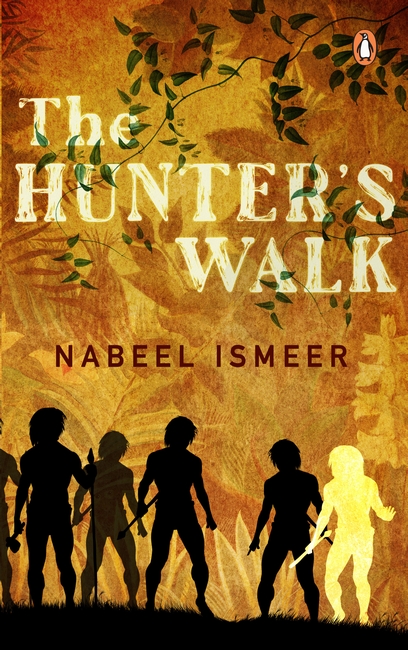How did a young girl who rose from underprivileged circumstances in post-war Singapore become a trailblazer of women’s global leadership at the United Nations? Noeleen Heyzer was the first woman from outside North America to be appointed as Executive Director of the United Nations Development Fund for Women (UNIFEM) and the first woman Executive Secretary of the Economic and Social Commission for Asia and the Pacific (UNESCAP). In these memoirs, Noeleen Heyzer reflects on her remarkable journey – from the challenges of her childhood and youth, her intellectual development at the University of Singapore and the University of Cambridge, to her groundbreaking work on women’s empowerment and her meteoric rise to the position of Under-Secretary-General of the United Nations. It is a book that celebrates the resilience of the human spirit and the courage of individuals, communities, and societies to transform structures of discrimination and injustice.
Archives: Books
Mist-bound
Winner of the Hedwig Anuar Children’s Book Award 2022
Winner of the Best Young Persons Title at the Singapore Book Awards 2022
Can a girl, armed only with stories, make her way through a land of myth, magic and monsters, to save her grandfather’s shattered memories before they’re forever lost?
His only cure? Memory Glue. To brew it, Alexis just needs eight ingredients: stuff like, nose hair from a baku (dream-eater), sweat from a duyung (sea siren) and … OK. Maybe some are tricky to find in local supermarkets.
To obtain them Alexis must journey to a realm where the fabled creatures from Grandpa’s folktales are alive in the flesh (and often flesh-eating).
At least she’ll have fun company: the nasty kenit (forest imp) who’d cast the horrible spell on Grandpa, and her no-nonsense Grandma, who harbours a secret that will change Alexis’ life forever …
Piece of cake, right?
Oh, there’s also a deadline.
Can Grandpa be saved before he’s forever lost to the mists within his mind?
Based on a true story.
That Night
Natasha, Riya, Anjali and Katherine were best friends in college – each different from the other yet inseparable – until that night. It was the night that began with a bottle of whisky and a game of Ouija but ended with the death of Sania, their unlikeable hostel mate. The friends vowed never to discuss that fateful night, a pact that had kept their friendship and guilt dormant for the last twenty years. But now, someone has begun to mess with them, threatening to reveal the truth that only Sania knew. Is it a hacker playing on their guilt or has Sania’s ghost really returned to avenge her death?
As the faceless enemy closes in on them, the friends come together once again to recount what really happened that night. But when the story is retold by each of them, the pieces don’t fit. Because none of them is telling the whole truth . . .
That Night is a dark, twisted tale of friendship and betrayal that draws you in and confounds you at every turn.
Whispers of Hope
As a British teenager, I meet a beautiful Burmese girl on the school bus. Her family self-exiled in 1964, soon after the military coup, to start a new life in England. My fascination is fired for this far-off land.
How did Burma, with such a regal past, swathed in natural beauty and populated by a people of unmistakable poise and serenity slide into repression and obscurity? How can the up-beat memories of April’s parents be reconciled with Myanmar’s current malaise?
Over 16 years I recorded the oral history, anecdotes and reminiscences of her family who were eye witnesses to momentous events in mid-century Burma. These together with more recent conversations – with Aung San Suu Kyi and a range of Burmese millennials – provide a unique portrait of Myanmar stretching back to April’s great, great grandfather in 1852.
For all the woes of this country, whispers of hope can be heard.
Enrique the Black
Who was the man they called Enrique the Black?
Taken from his family, and forced into slavery during the Portuguese invasion of Malacca in 1511, the Malay boy rechristened as Enrique must quickly to adapt to a new religion, and to the strange new lands of Portugal and Spain.
A decade later his master Ferdinand Magellan, dreaming of fame and fortune, has an audacious plan to sail to the other side of the world, on a seemingly quick, uncharted route to the Moluccas Spice Islands. Enrique will prove invaluable once they arrive there, as he alone speaks the islanders’ Malay language.
What no one in Magellan’s fleet can foresee though, is how giants, bad weather, mutiny and excruciating hunger haunt their every move.
Even more dangerous however, is Magellan’s own religious fervour, which threatens to undo the entire expedition once they arrive at the islands soon to be known as the Philippines, where Enrique will face certain death, and perhaps the chance to finally taste freedom.
Two Sides of A Lie
This story is inspired by real events.
It was a chilly September evening when the body of a young pro-democracy protester surfaced in Hong Kong’s eastern Yau Tong Bay. The local police quickly concluded his death as accidental drowning but fellow protesters believe it was part of a dark ploy by the authorities to quash the political movement.
James Lai, the Han Herald’s senior reporter, is assigned to investigate the mysterious death. Unbeknownst to him, the assignment is a front created by his editors to shift the narrative against leaders in Beijing, unnerved by the intensified public opinion. As he digs deeper, he finds himself coming to close brush with the forces of a power struggle among the Party’s top brass. His pursuit of the truth challenges his personal and professional integrity at every step of the way. Faced with a politically-pressured media environment in Hong Kong and the Herald newsroom that has declined from a once globally respected publication to a propaganda mouthpiece, James can only trust his own journalistic beliefs and dogged reporting to piece together the mystery and bring the story to life.
Nonetheless, the answers he uncovers of the conspiracy are more sinister than he could have imagined.
Poverty and the Unequal Society in Hong Kong
Hong Kong is a dynamic city. But the contrast between the well-off and the poor is stark. In the 1980s and 1990s, and to a lesser extent in this century, Luxury brand bag-toting women can often be seen walking past beggars on the sidewalks of busy streets. Poverty has always existed in the city. Where else can we find it
there and is it getting worse? Does it matter? Inequality has been steadily increasing from 1976. Poverty makes people more vulnerable and corruptible, whether to choosing bad leaders or undertaking terrorist activities. The motivation of this book is to ascertain the extent of poverty in Hong Kong in the context of the experiences in other parts of the world. The meditations in this book are not meant to be encyclopaedic. They are a sample of the unique challenges that exist in different parts of the world. This book does not take a stand on the current political protests against the diminishing freedom and autonomy imposed by Beijing in Hong Kong, although it proffers underlying causes for the demonstrations. Inequality is a recurring theme, so are the social chasms that the wealth, education, and digital gaps created. And only by grasping the facts of Hong Kong’s destitute can one help them.
A Consequence of Sequence
After suffering strokes, general practitioner Dr. Idayu Maarof underwent major surgery to remove a heart valve tumour believed to have caused the strokes. Unfortunately, what seemed to be the end of a journey was only the beginning of an even more arduous one. Her symptoms evolved to multiple episodes of daily seizures. To control the seizures, she was put in a medically induced coma. A mysterious brain lesion became the prime suspect, but no one was certain. She later underwent two surgeries to remove what appeared to be a brain tumour. Dr. Idayu Maarof contextually concludes how a sequence of events and decisions led to a particular consequence. This is not an account about being ill. This is story of acceptance, gratitude, and the struggle for a life worth living.
IQ EQ DQ
Do you know that 60% of children around the world have experienced at least one cyber-risk such as cyber-bullying, technology addiction, misinformation, online sexual exploitation, and others? The COVID-19 pandemic is accelerating the digitalization of global society. Cyber-risks among children, digital skill gaps and societal instability due to fake news and cyber-threats, are rapidly increasing and widening inequality. Amidst these challenges, how can we move forward to realize a better future?
This book is about Park’s social impact journey to develop DQ (Digital Intelligence) as the global standard for digital literacy, digital skills, and digital readiness with the belief that ‘technology is only meaningful when it enhances humanness’. This book shares over a decade of her experiences and insights on the empowerment of individuals across more than 80 countries with digital citizenship, which constitutes the core life skills that are needed in the digital age to minimize cyber-risks and maximize human potential. The story invites all people to envision how DQ can help to reshape technology, education, and well-being in the digital age.
The Hunter’s Walk
Generations of prolonged drought and hunger have allowed the harsher voices of the Zarda tribe to set edicts of discrimination against their fair skin members.
Ghar, a dark skin cave painter and Dun, his fair skin brother, push back on this discrimination to ensure that Dun and the fair skins can take part in the Hunter’s Walk, a Zardan rite of passage.
When a fair skin is caught defying the ban on hunting, the fair skins are expelled from the tribe. Ghar has trouble coming to terms with the expulsion, and eventually he himself is cast out. After a giant wolf attack leaves him close to death, he is saved by Mai, a healer from the Khamma tribe.
A new unseen kind of storm hits the Khamma. Ghar and Mai try to prepare their tribe for the new challenges the storm brings, but the same forces that mislead the Zarda now grow in the Khamma.
Can Ghar and Mai push back on tribalism and exclusion by being inclusive and willing to take on ‘foreign’ ideas? Will Ghar ever meet Dun and the fair skins again? Will they ever complete the Hunter’s Walk?






